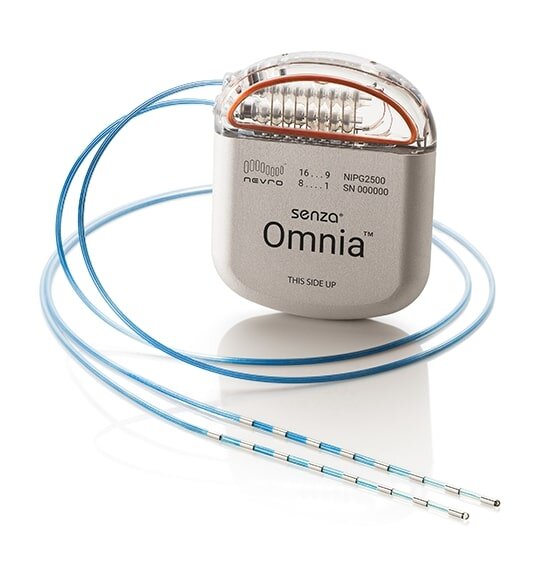Gabapentinoids and Anti-Depressants Recommended for Diabetic Neuropathy
/By Pat Anson, PNN Editor
People with painful diabetic neuropathy (PDN) should be treated with gabapentinoids, anti-depressants and sodium channel blockers, according to updated guidelines from the American Academy of Neurology (AAN). The guidelines also recommend some alternative treatments, such as ginkgo biloba, capsaicin patches and cognitive behavioral therapy, but strongly discourage the use of opioids.
The AAN’s new guidelines, published online in the journal Neurology, acknowledge that many of the recommended therapies for PDN don’t directly treat physical pain, but they improve mood and sleep, and that helps reduce “pain perception.”
“In treating patients with PDN, it is important to assess other factors that may also affect pain perception and quality of life. Patients with diabetes are more likely to have mood disorders (most commonly, major depression) and sleep disorders (especially obstructive sleep apnea) than the general population,” an AAN panel of experts found. “Therefore, treating concurrent mood and sleep disorders may help reduce pain and improve quality of life, apart from any direct treatment of the painful neuropathy.”
Nearly 26 million Americans have diabetes and about half have some form of neuropathy, according to the American Diabetes Association. PDN causes nerves to send out abnormal signals, causing patients to feel stinging or burning pain, as well as loss of feeling in their toes, feet, legs, hands and arms. More severe cases can result in ulcers or amputation of the affected limbs.
The last update to the AAN guideline was in 2011, when opioids such as morphine and oxycodone were said to be “probably effective and should be considered.” Much has changed over the last decade, and the AAN no longer supports their use for PDN.
"Current evidence suggests that the risks of the use of opioids for painful diabetic neuropathy therapy outweigh the benefits, so they should not be prescribed," said lead author Brian Callaghan, MD, an associate professor of neurology at University of Michigan Health.
‘Probably’ Better Than Placebo
The only oral medications the AAN now recommends for PDN are gabapentinoids (pregabalin and gabapentin); serotonin-norepinephrine reuptake inhibitors (SNRIs) such as duloxetine; tricyclic anti-depressants such as amitriptyline; and sodium channel blockers such as valproic acid, which are usually used to treat seizures. An SNRI can also be combined with a weak opioid like tramadol for PDN.
There are caveats to all of these drugs since the evidence for them is limited and they were originally developed for other conditions such as depression or epilepsy. For example, the guidelines state gabapentin is “probably more likely than placebo to improve pain” and pregabalin is “possibly more likely” to help with PDN.
Topical medications such as capsaicin and buprenorphine patches also get the lukewarm endorsement of “possibly” being better than a placebo.
When one class of medication doesn’t work for PDN, experts say patients should try another.
“Managing expectations is also important,” Callaghan said. “Our second recommendation urges the provider to be frank with patients that the goal is to reduce their pain. It may not be possible to completely resolve the symptoms.”
A 2017 study by the Agency for Healthcare Research and Quality found that duloxetine (Cymbalta) and some other anti-depressants are moderately effective at relieving PDN, but found little or no evidence that opioids and gabapentinoids are helpful in treating neuropathic pain.
Researchers say a significant limitation for all pain relievers – not just opioids – is that few studies examine their safety and efficacy longer than three months. PDN is a progressive disorder that is likely to last a lifetime.
“Given the chronicity of pain in those with diabetic neuropathy and the potential for evolving side effects, long-term studies are needed to better inform the long-term pain management in this population. Specifically, future studies should focus on the long-term effects (positive and negative) of opioids in this population to determine whether there is any role for these medications in this population,” the AAN’s expert panel concluded.




